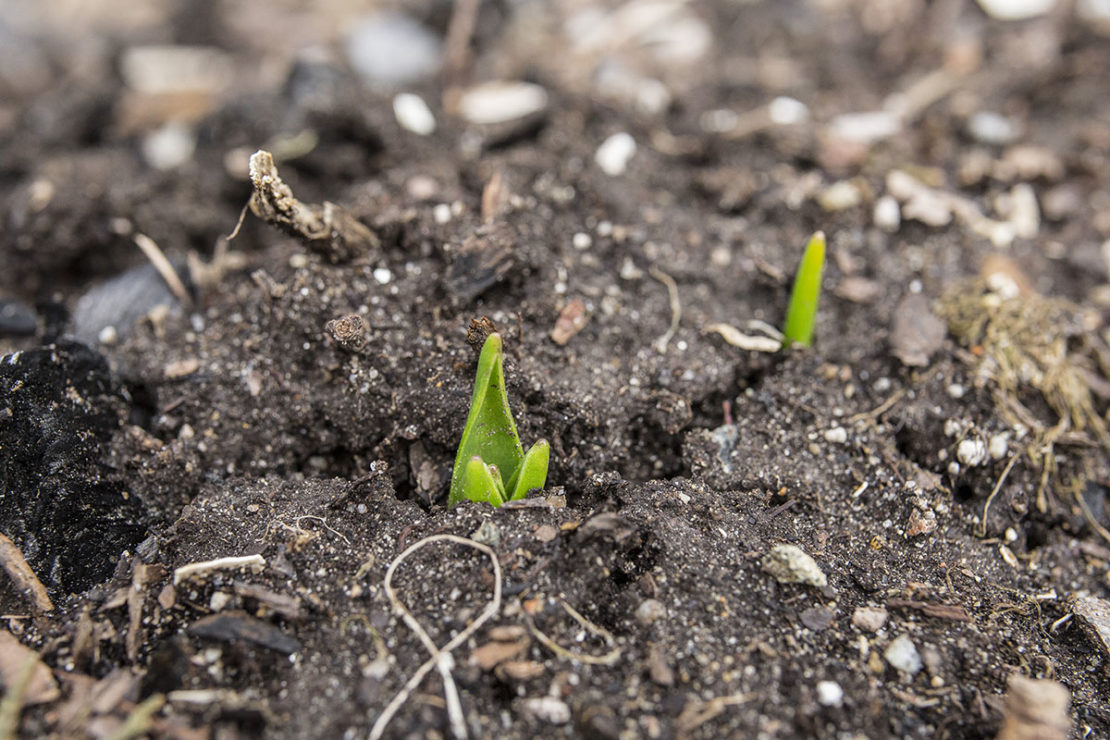
What The Spring Equinox Means To The Herbalist
Have you ever wondered how our ancient ancestors kept track of time? I suppose the further back in time you go, people were more focused on survival than keeping track of the minutes. However, as people learned about the world around them and cultures began to form and progress, time became an important concept.
My guess is that the concept of time originally began with an awareness that the world around them changed in cycles—seasonal changes, as we know them today. These changes impacted the foods they ate, when and where they lived, and when they woke and slept. I’m sure the following questions were some that early humans would have asked. When is this food available? When will snow come? How long have I been here? Why does that big bright light come and go, and where does it go?
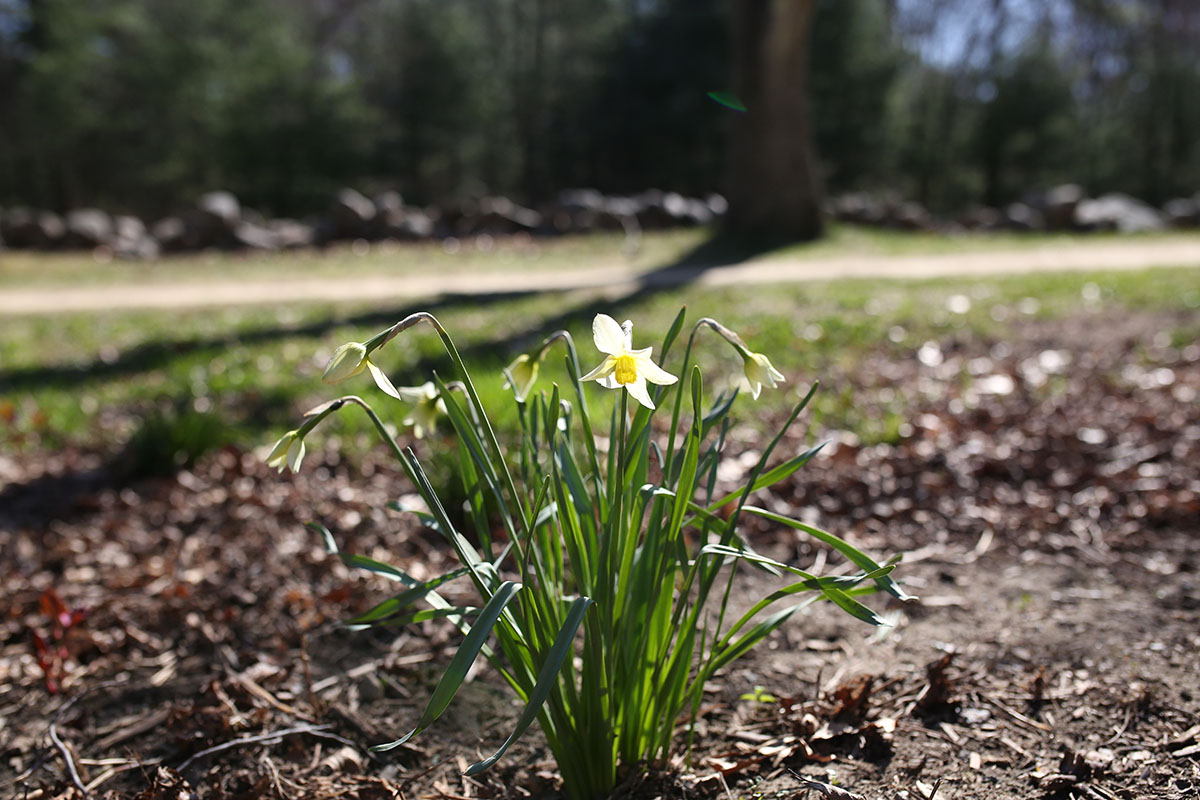
Over time, our human ancestors began to notice other patterns happening around them, other than the changing of the seasons, and they used these patterns to map out time as they knew it. One of the patterns that early humans would have used to keep track of time was taking note of the position of astronomical features (stars, planets, moon) through the seasons, which led to the identification of cyclical events that mark certain seasons.
The Spring Equinox is one of those events. (You can read about the Winter Solstice here.) It’s commonly believed that many megaliths were established around the world as one way of tracking time and seasons according to our sun and the stars—Stonehenge being one of the most famous.
In this post, I’d like to look at the Spring Equinox—what it is, and what it means to the herbalist.
About the Spring Equinox
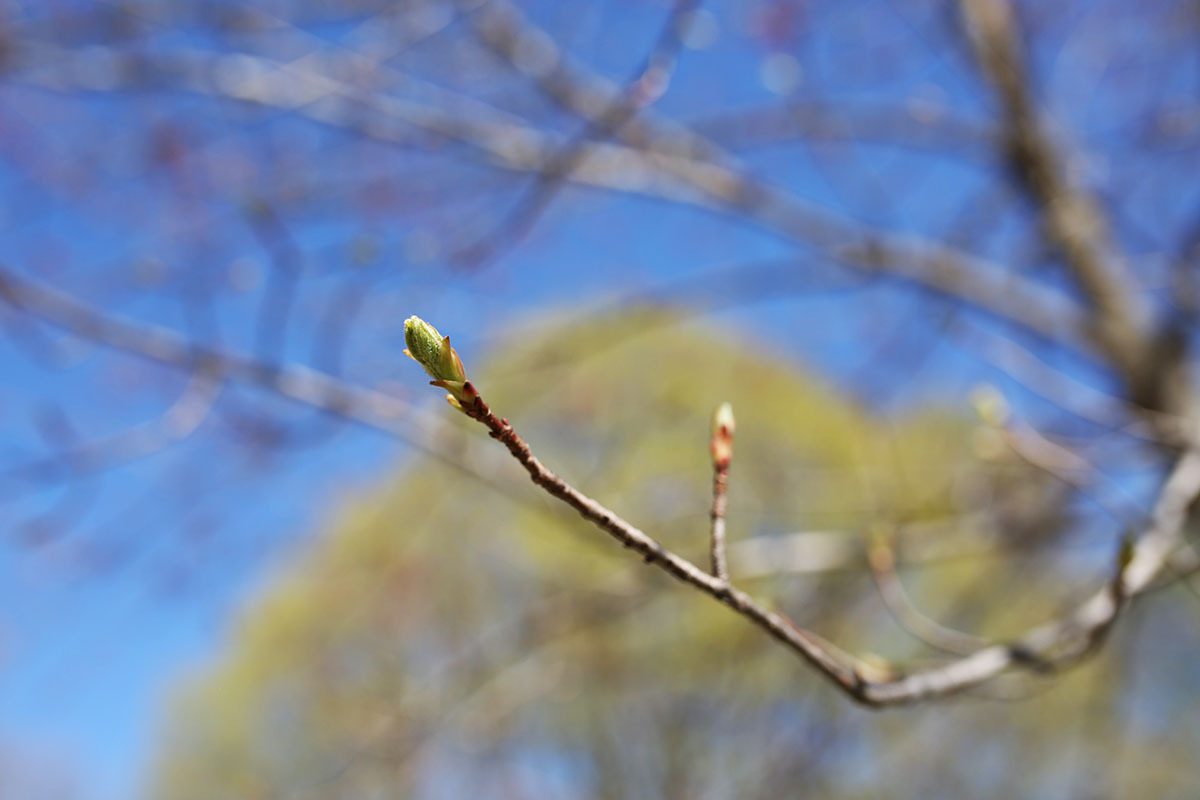
The word equinox means ‘equal night,’ and there are two equinoxes each year, one in March and the other in September. These equinoxes mark the halfway point between the season of winter and summer and signify the beginning of the seasons of spring and fall.
The Spring Equinox occurs in March each year, sometime between March 19th – 21st for the Northern Hemisphere (which is also the time of the Autumn Equinox in the Southern Hemisphere) (Timeanddate.com, n.d.a.). On this day, the Earth is positioned in such a way that the sun’s rays shine directly on the equator, providing both the northern and southern hemispheres with relatively equal amounts of light and darkness (around 12 hours of day and night).
Constellations and Celebrations of the Spring Equinox!
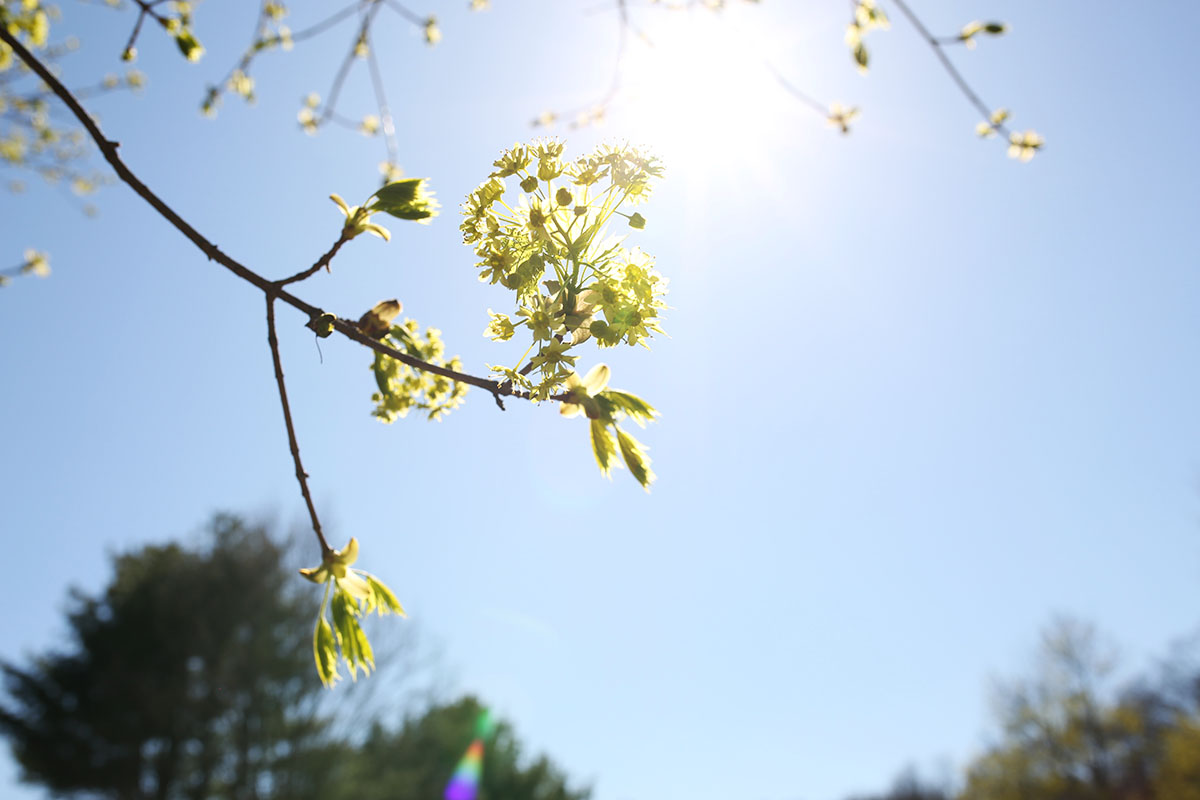
Constellations
The point where the sun crosses the celestial equator is called the Point of Aries. However, due to the precession of the equinoxes, this point is no longer in the constellation of Aries. For the past 2,000 years, the Point of Aries has been in the constellation of Pisces. At this point in history, we are in the Age of Pisces, but we’re also about to enter the Age of Aquarius (in the year 2600) (Taylor, 2008).
Celebrations
The Spring Equinox is a time to celebrate new birth and life, and many festivals, celebrations, and holidays occur around this time.
- In earlier times, the Mayan Snake of Sunlight ritual was a well-known event that was held at this time.
- The Christian holiday of Easter and the Jewish celebration of Passover occur around the Spring Equinox.
- In Egypt, Sham el-Nessim is a holiday that is celebrated to mark the beginning of spring and is held on the Monday after Easter.
- In Iran, the New Year has been celebrated for more than 3,000 years at the time of the Spring Equinox.
- In Japan, Higan is celebrated to remember ancestors who have passed away.
- In some cultures around the world, Earth Day is celebrated on the Spring Equinox. This Earth Day celebration focuses on celebrating life on earth.
(Timeanddate.com, n.d.b.)
Spring Equinox for the Herbalist

How does the Spring Equinox apply to the herbalist, and why is being aware of this even important?
First, on a very practical level, it can help us become more in tune with the season we’re about to enter by offering clues for transplanting seedlings, sowing seeds directly into the soil, or providing a timeframe for harvesting spring herbs. These clues can be things like longer hours of daylight, trees and plants starting to bud, or finding more earthworms in the soil (Almanac.com, n.d.).
Next, it can also help us re-establish seasonal living practices and rhythms in our lives. Spring is a time of outward growth, not only in nature, but in us as well. Spring is a great time to look at the goals you’ve set for yourself for the year and to plan them out so you can move forward to meet them. It’s also a time of renewed energy. All winter, you’ve rested and nourished yourself. Now that spring is here, it’s time to increase activity, eat lighter, fresher foods, and put yourself “out there” more. Paying attention to the rhythms of the seasons can help us to feel more stable and centered as a person. It can also help us see ourselves as part of the bigger picture of nature where everything is working together synergistically. These things can help us to focus and live more mindfully during the coming season.
Lastly, it can help us focus on our health in a systematic way. Spring is the perfect time for adding bitters into our diets, whether that’s through fresh spring greens or creating bitter tinctures to use. It’s a typical time for gentle detoxing through cleaning up one’s diet or using gentle liver cleansers to support and strengthen that organ.
As you can see, being attentive to the cycles of nature can impact your physical and emotional health for the better. For the herbalist, it’s a time to celebrate new beginnings and fresh starts, whether that’s with your studies, your health, or your business.
Happy spring, everyone!
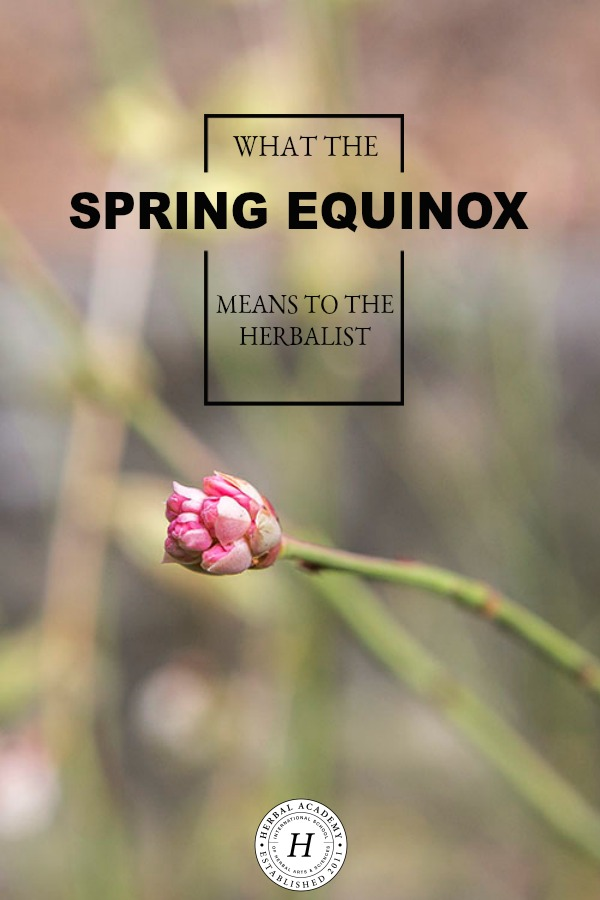
REFERENCES
Almanac.com. (n.d.). Spring Equinox 2018: First day of spring. [Online Article]. Retrieved from https://www.almanac.com/content/first-day-spring-vernal-equinox
Timeanddate.com. (n.d.a.). March Equinox: Equal day and night, nearly. [Blog Post]. Retrieved from https://www.timeanddate.com/calendar/march-equinox.html
Timeanddate.com. (n.d.b.). March Equinox’ importance in culture. [Blog Post]. Retrieved from https://www.timeanddate.com/calendar/march-equinox-traditions.html
Taylor, R. (2008). Precession of the Equinoxes. [Online Article]. Retrieved from http://www.decodingmythology.com/precession/precession4.html








